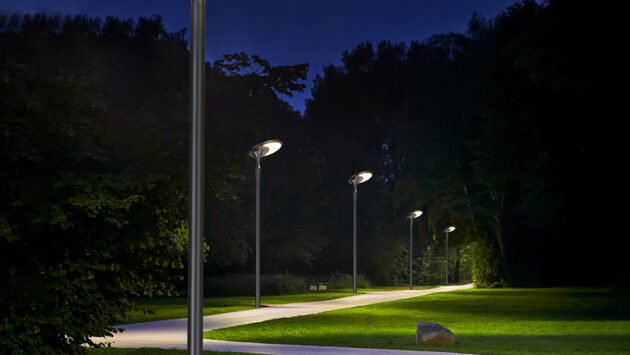Imminent Legislation Change for Non-Fire-Rated LED Panels in the UK
Do you use LED lighting panels in your UK buildings and facilities? If so, a legislative change could affect you starting in October 2022.
The UK government’s new initiative revolves around fire ratings – and ensuring that building materials meet uniform standards. Here’s what the rule change might mean for your properties and fire safety responsibilities.
Understanding LED Panels and Fire Ratings
In the past, fire ratings and UK building codes were somewhat of a patchwork. For instance, even though many buildings include suspended ceilings, they typically undergo fire testing focused exclusively on the concrete, steel, or timber that anchors the suspension.
For a long time, this has meant that many of the suspended ceilings in UK structures provide little or no flame-stopping power, even when they’re part of buildings with specific fire ratings. In other words, that 30-, 60-, 90-, or 120-minute fire rating you paid for only applies to the underlying structure of your building.
What does this have to do with LED panel lighting? Well, the existing state of disunity means that legislators have had to implement rules and stopgap measures to cover the law’s blind spots.
The LED panels currently used in fire-rated ceiling systems are a good example. These lights must be fabricated from TPA non-drip plastic, which is designed to self-extinguish within 5 seconds during a blaze. Melted TPA also solidifies before it travels more than 5 centimetres – instead of melting and spreading burning material all over the place!
What’s Changing?
The new legislation changes seek to unify the rules in a sensible, safety-oriented way. The law’s broad focus on ceiling systems is set to impact not only new building projects but also existing structure management plans.
The law change focuses on matching minimum standards: Any apparatus you add to a fire-rated ceiling system must be tested or rated to the same criteria or better.
This obviously prohibits installing non-fire-rated LED panels in fire-rated buildings, but it could have other ramifications. Most notably, you may need to retrofit existing systems whose LED lighting is less fire-safe than other components.
Following the New Rules
Fortunately for building owners and property managers, there are multiple ways to adhere to the new law:
- Gypsum fireboxes: Surrounding your LED panels with fire-rated gypsum enclosures can increase their flame resistance – These materials release water vapour when they’re exposed to fire, limiting heat transmission. Installing fireboxes around existing lighting can take a lot of work due to the space they require.
- Fire hoods: Fire hoods stop flames from spreading through the holes in a ceiling. As with fireboxes, hood installations require special planning and construction considerations.
- Fire-rated LED panels: Switching to fire-rated LED panels is usually the best choice. Fire-rated panels offer the same or better flame-stopping functionality as the other options. They also make for easier installations and work with open-ceiling systems, such as those found in warehouses.
As building codes evolve, it’s up to you to avoid falling behind. Finding a LED lighting supplier who can help you satisfy your obligations is the smartest way to keep your tenants, visitors, and workers safe.




